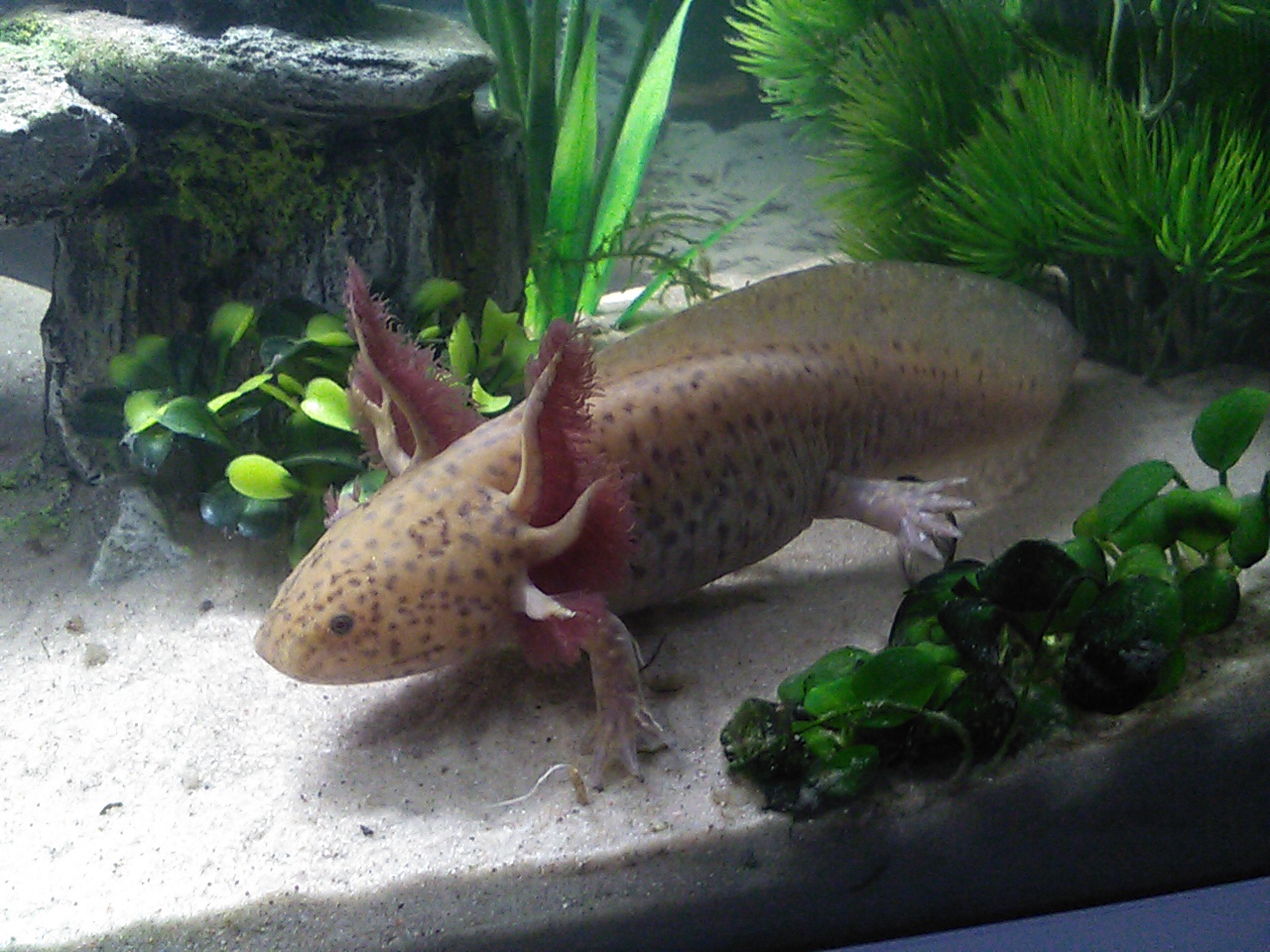STEM Photography Key Stage 2/3
Our Key Stage 2 and 3 entrants blew judges away with their incredible photography and insight into the science and technology in their everyday lives. Please take a moment to scroll through the entries and let them show you the beautiful science all around us.
Sunflowers are beautiful, large flowers on a tall stem. The seeds inside the sunflower form an utterly amazing, spiral pattern. Every sunflower has this spiral pattern and inside it there are many arms of the spiral and each individual seed is part of one of these arms. There are arms going to the left and arms going to the right with the total number of seeds in any one arm being equal to a number in the Fibonacci sequence.
The Fibonacci sequence is a sequence of numbers where each number is the sum of the previous two eg. 1,2,3,5,8,13,21 etc. Furthermore, the number of seeds in an arm going to the left will be adjacent in the sequence the number of seeds in an arm going to the right in the same flower.
In order to achieve this pattern, each seed lies at an angle of 137.5 degrees to the next seed, this is known as the golden angle. This enables the plant to fit in the maximum number of seeds possible within an area.
This pattern is not just found in sunflowers. Other plants sometimes use this technique as well with leaves, branches and petals as it allows them to get the greatest amount of sunlight and water available to them. Nature truly is amazing!
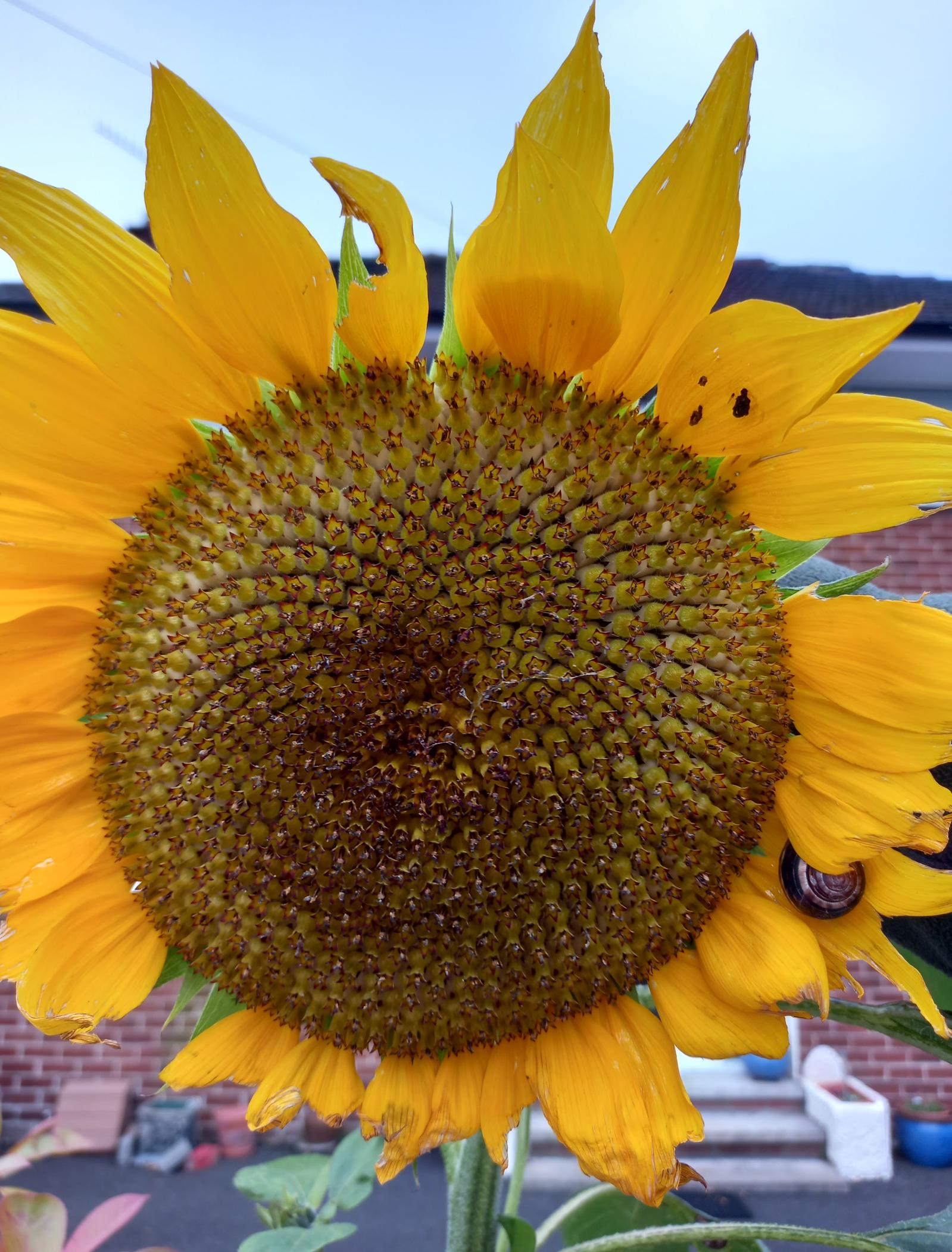
The emperor dragonfly is a large impressive dragonfly found June to August. It is nearly always found at water such as large lakes and ponds. The female dragonfly lays its eggs on floating pondweed.
Dragonflies have large compound eyes which fill almost all their entire head. This allows them to look in all directions at once though they have a blind spot behind their head. Each eye has thousands of lenses.
Dragonflies have four wings which allows them to hover, which not many animals can do, and fly in any direction they wish. They can fly up, down, forwards and even backwards. They can swoop and dive through the air at speeds of up to 24mph. An average emperor dragonfly measures 8cm long with a wingspan of 10.6cm across.
Dragonflies have bristle covered legs and tarsal hooks on their feet to catch and hold their prey in the air.
Emperor dragonfly young are called nymphs. They take up to a year to become winged adults and then only live for 10 days.
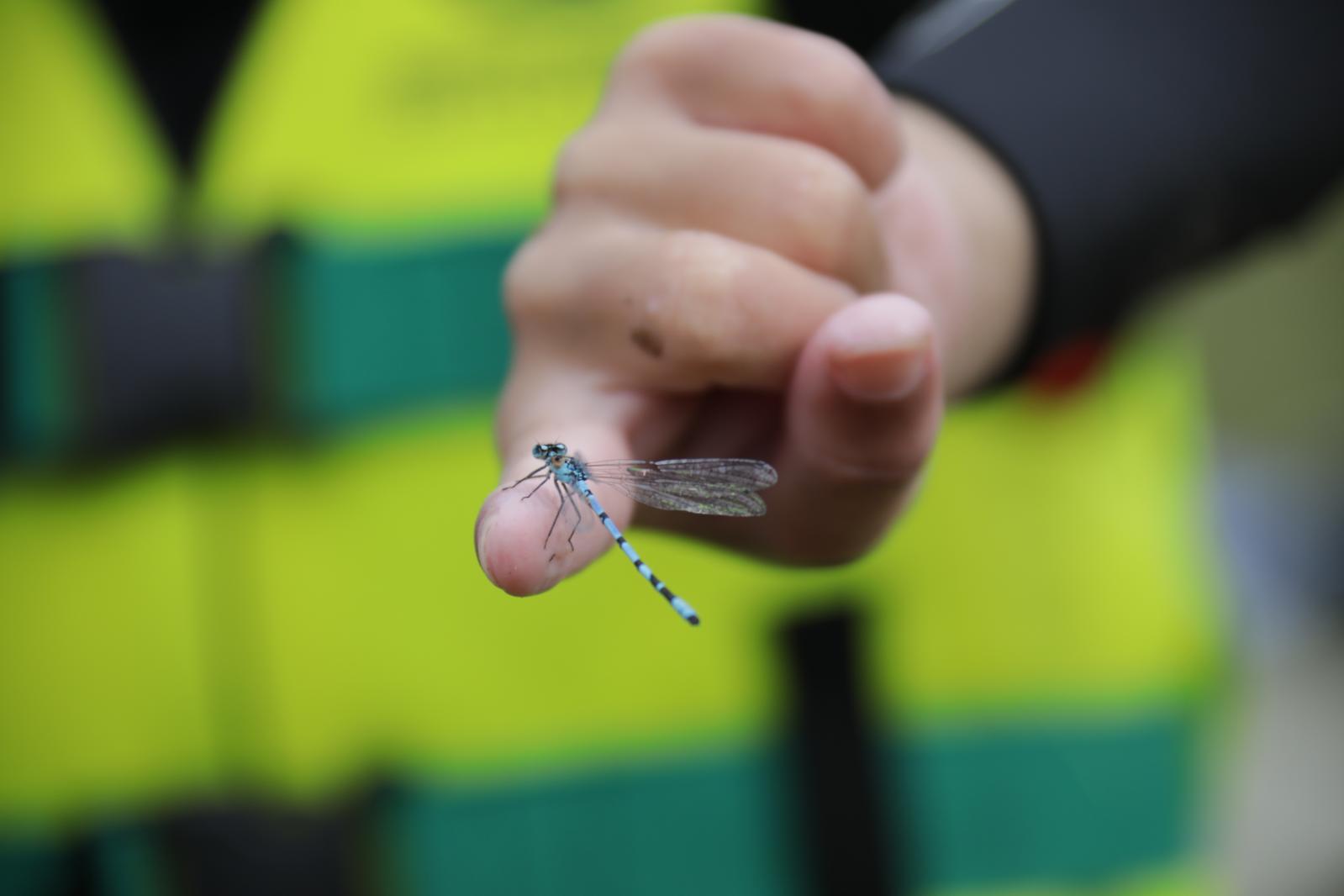
Dew is a water droplet that is formed due to the condensation of water vapor. Most of the time, you must have seen dew on leaves, grass or any other objects when there is an increase in the humidity. You can even witness this on the glass window on a summer morning. The dew is formed when warm air comes in contact with a cool surface. Dew helps plants in reducing water stress. Plants can retain moisture and become resilient even during dry conditions. They can survive drought conditions very easily. It reduces the temperature of the plant during the summer season. Besides this, dew also helps in the germination of seeds. It gives moisture to the soil for the seeds to grow into a sapling and then into a mature plant.
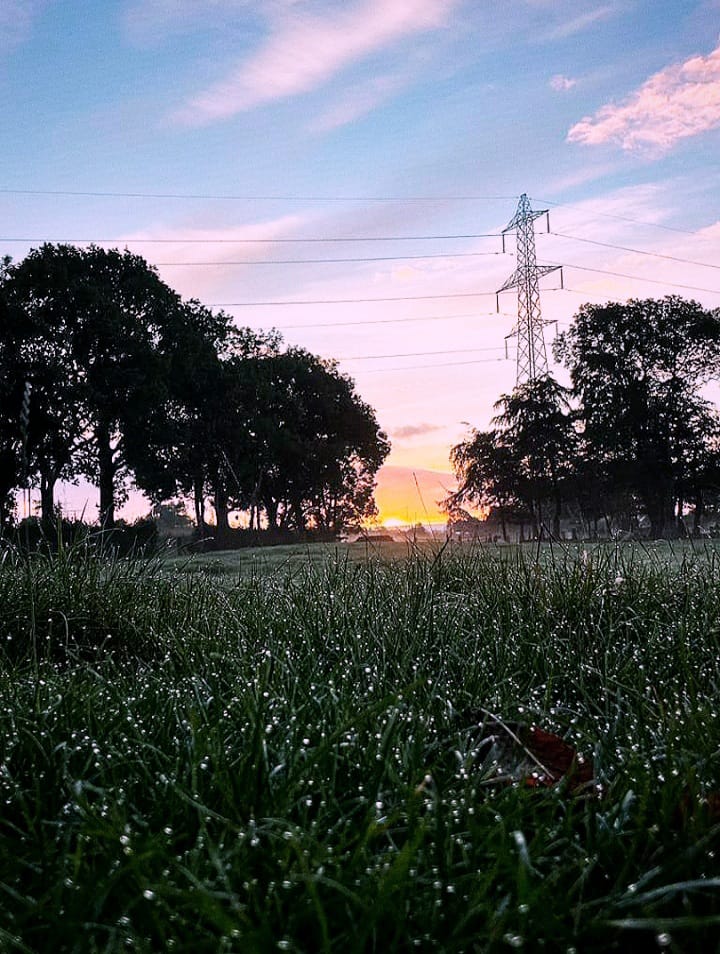
I took this photo on a sunny day at Dunmore Wind farm which is located just off the Windyhill Road on Binevenagh Mountain near Limavady. The Wind turbines are converting the kinetic energy of the wind into electrical energy while the sun is also powering solar panels by converting sunlight into usable electricity. Whilst some people find these wind turbines unsightly in the countryside, they are vital to producing renewable energy which is very important to combat climate change and reduce pollution.
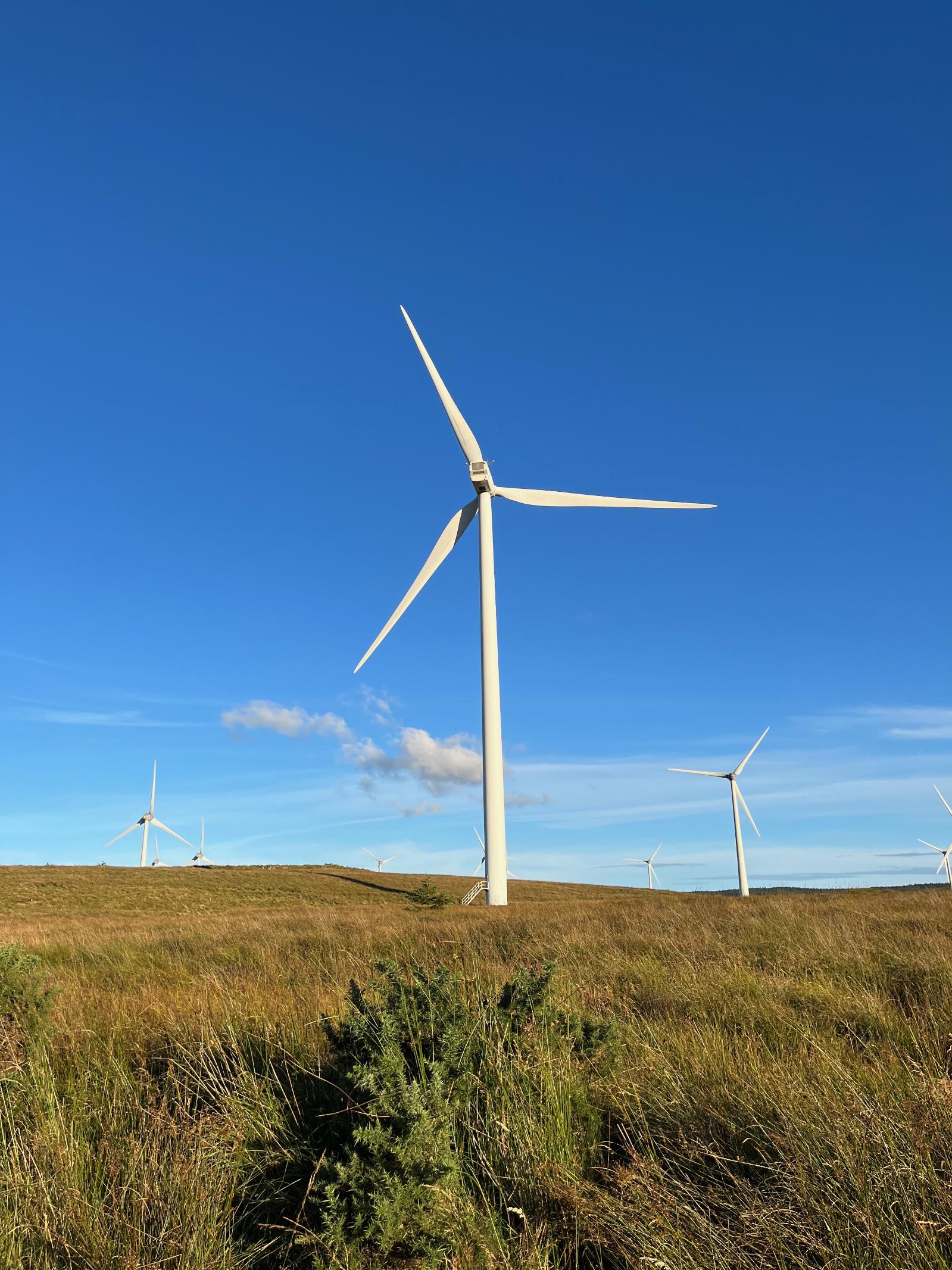
This is a picture of my axolotl (Ambystoma mexicanum), Axie. They are the most fascinating creatures. They are native species of Mexico but are nearly extinct in the wild because of pollution and global warming.
They are so special, because they are amphibians closely related to salamanders, but they never morph into land animals. They live their lives in water, with gills and underdeveloped lungs and can’t survive outside water. We call this neotenic salamander, and it means they stay in their tadpole like form whole their lives. Amazing thing about these creatures is their power of regeneration. They can regrow missing limbs, external gills or even brain cells. That is why scientists are studying them in labs hoping to develop some medicines and treatments for humans. They like cold water as in natural habitat they live in glacier filled lakes, so it can be a bit difficult to keep Axie’s tank cold over summer. They have very poor eyesight. She loves to eat earthworms and some specially designed pellets. Axolotls in captivity come in different colours (also called morphs), wild (these are mainly brown or green-brown colour), albinos, leucitic (pink body with dark eyes) but the axolotl on my picture is copper morph (copper like orange body colour with darker pink or red gills and dark eyes).
